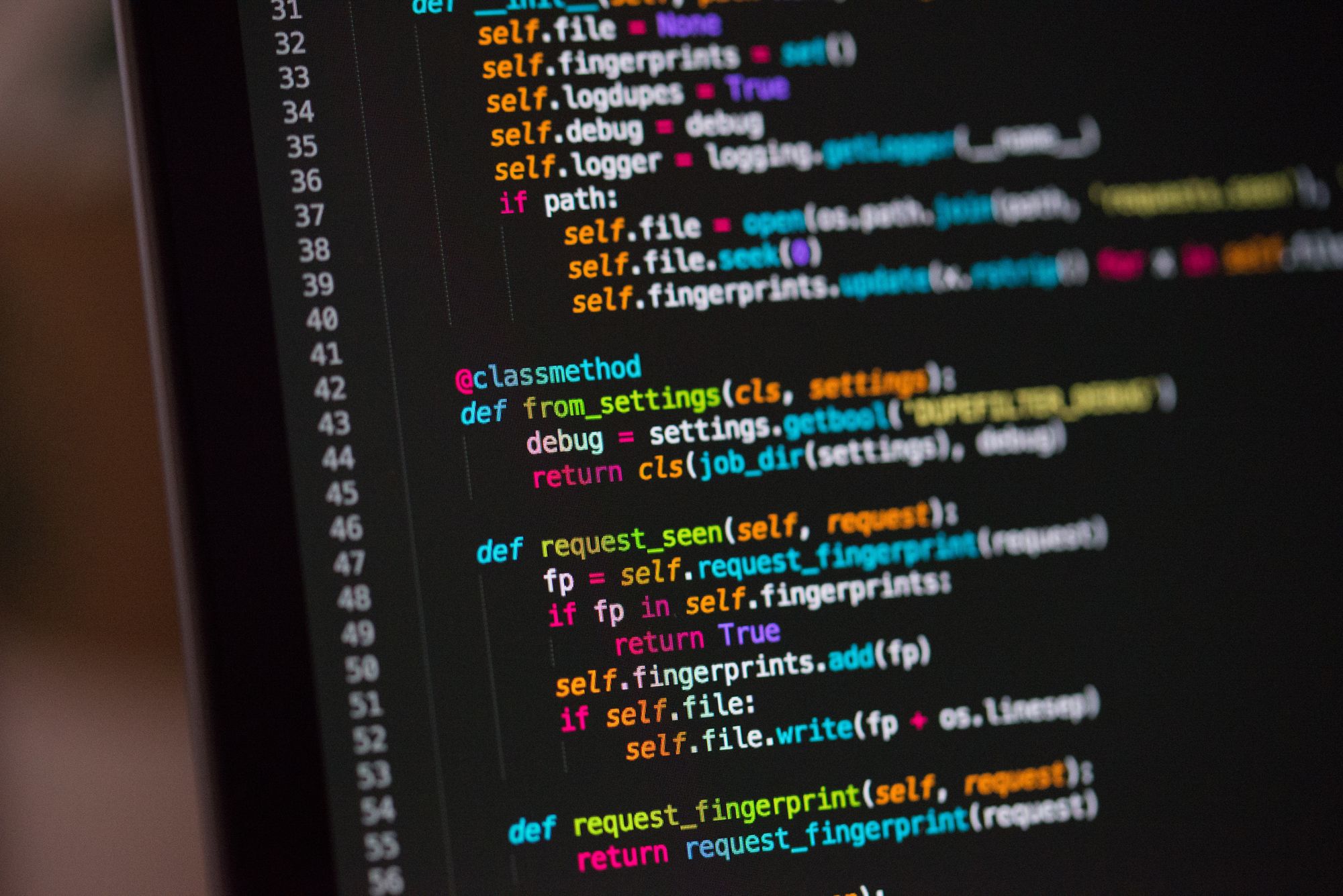TensorFlow — это платформа машинного обучения с открытым исходным кодом, разработанная Google и получившая значительную популярность в области искусственного интеллекта. Он предоставляет комплексную экосистему для эффективного создания и развертывания моделей машинного обучения. В этом сообщении блога мы рассмотрим некоторые практические приложения TensorFlow и предоставим примеры кода, чтобы продемонстрировать его универсальность и мощь.
Классификация изображений
Классификация изображений — одно из наиболее распространенных применений машинного обучения. TensorFlow упрощает создание моделей глубокого обучения для задач классификации изображений. Давайте возьмем пример классификации рукописных цифр с использованием известного набора данных MNIST.
import tensorflow as tf
from tensorflow.keras.datasets import mnist
# Load the MNIST dataset
(x_train, y_train), (x_test, y_test) = mnist.load_data()
# Preprocess the data
x_train = x_train / 255.0
x_test = x_test / 255.0
# Build the model
model = tf.keras.models.Sequential([
tf.keras.layers.Flatten(input_shape=(28, 28)),
tf.keras.layers.Dense(128, activation='relu'),
tf.keras.layers.Dense(10, activation='softmax')
])
# Compile and train the model
model.compile(optimizer='adam', loss='sparse_categorical_crossentropy', metrics=['accuracy'])
model.fit(x_train, y_train, epochs=10, validation_data=(x_test, y_test))
# Evaluate the model
test_loss, test_acc = model.evaluate(x_test, y_test)
print(f"Test accuracy: {test_acc}")
Обработка естественного языка (NLP)
TensorFlow также предлагает надежные возможности для задач НЛП, таких как анализ тональности, классификация текста и языковой перевод. Давайте рассмотрим сценарий классификации текста, в котором мы хотим классифицировать обзоры фильмов как положительные или отрицательные, используя набор данных IMDb.
import tensorflow as tf
from tensorflow import keras
from tensorflow.keras.datasets import imdb
from tensorflow.keras.preprocessing import sequence
# Load the IMDb dataset
max_words = 5000
max_len = 500
(x_train, y_train), (x_test, y_test) = imdb.load_data(num_words=max_words)
# Preprocess the data
x_train = sequence.pad_sequences(x_train, maxlen=max_len)
x_test = sequence.pad_sequences(x_test, maxlen=max_len)
# Build the model
model = tf.keras.models.Sequential([
tf.keras.layers.Embedding(max_words, 32, input_length=max_len),
tf.keras.layers.LSTM(64),
tf.keras.layers.Dense(1, activation='sigmoid')
])
# Compile and train the model
model.compile(optimizer='adam', loss='binary_crossentropy', metrics=['accuracy'])
model.fit(x_train, y_train, epochs=5, batch_size=64, validation_data=(x_test, y_test))
# Evaluate the model
test_loss, test_acc = model.evaluate(x_test, y_test)
print(f"Test accuracy: {test_acc}")
Обнаружение объектов
Мощные API-интерфейсы TensorFlow для обнаружения объектов, такие как TensorFlow Object Detection API, позволяют нам создавать точные модели для задач обнаружения объектов. Это может быть особенно полезно в различных приложениях компьютерного зрения, таких как беспилотные автомобили, системы наблюдения и робототехника.
import tensorflow as tf
from object_detection.utils import label_map_util
from object_detection.utils import visualization_utils as viz_utils
import numpy as np
import matplotlib.pyplot as plt
# Load the pre-trained object detection model
model = tf.saved_model.load('path/to/model')
# Load label map
category_index = label_map_util.create_category_index_from_labelmap('path/to/label_map.pbtxt', use_display_name=True)
# Perform object detection on an image
image = tf.io.read_file('path/to/image.jpg')
image = tf.image.decode_jpeg(image)
image = tf.expand_dims(image, axis=0)
image = tf.image.convert_image_dtype(image, tf.float32)
# Run inference
detections = model(image)
# Post-process the detections
num_detections = int(detections.pop('num_detections'))
detections = {key: value[0, :num_detections].numpy() for key, value in detections.items()}
detections['num_detections'] = num_detections
# Visualization
image_with_detections = image[0].numpy()
image_with_detections = np.squeeze(image_with_detections)
viz_utils.visualize_boxes_and_labels_on_image_array(
image_with_detections,
detections['detection_boxes'],
detections['detection_classes'].astype(np.int32),
detections['detection_scores'],
category_index,
use_normalized_coordinates=True,
max_boxes_to_draw=10,
min_score_thresh=0.5,
agnostic_mode=False)
# Display the image with detections
plt.imshow(image_with_detections)
plt.axis('off')
plt.show()
TensorFlow предоставляет широкий спектр практических приложений в различных областях. В этом сообщении в блоге было рассмотрено всего несколько примеров, включая классификацию изображений, обработку естественного языка и обнаружение объектов. Используя мощь TensorFlow и его богатую экосистему, разработчики и исследователи могут создавать сложные модели машинного обучения и эффективно решать сложные задачи. Экспериментируя с TensorFlow и исследуя его широкие возможности, вы можете открыть целый мир возможностей в области искусственного интеллекта.
Связаться с автором: https://linktr.ee/harshita_aswani
Ссылка:



